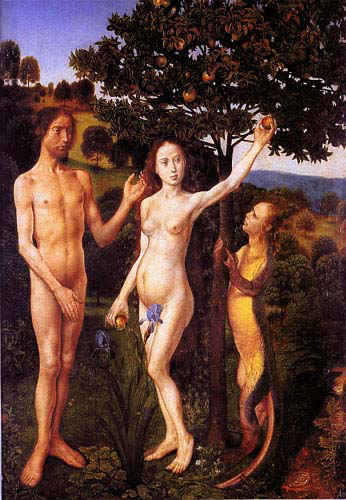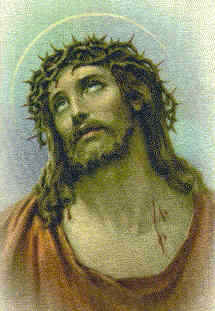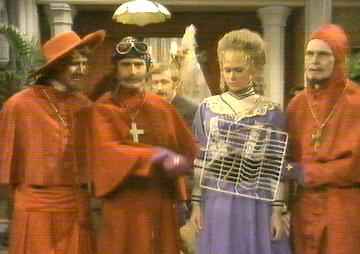|
Gnosticism There's a popular misconception that early Christianity was a unified group under the Church of Rome and the banner of Peter as "Pope Peter I". How do such misconceptions arise?
There's a popular misconception that early Christianity was a unified group under the Church of Rome and the banner of Peter as "Pope Peter I". How do such misconceptions arise?We can never know for sure, but we'll just have to do with the Church of Rome's centuries of persecution and extermination of heretics, massive and efficient book-burning campaigns and an active attempt to rewrite history. In reality, there was a different version of Christianity available on every street corner through the first few centuries after the death of Jesus Christ. Among these, the Gnostics were in many ways the most radical and the most influential. Unlike its Roman competitor, Gnosticism was by no means a monolithic and inviolable set of beliefs. The root of the word "gnostic" is the Greek term "gnosis," which means "knowledge." The Gnostics believed they were the owners of secret information about how things really are. The actual content of that information dramatically differed based on who you asked. The Gnostic tradition actually predates Christianity by at least a century. During the period just before and after the birth of Christ, Judaism had become severely fragmented, and various sects competed for popular and theological support. Much of this activity was driven by the Roman Empire's conquest of Jerusalem around 60 B.C., which sent many Jews into paroxysms of apocalism. Many were eagerly awaiting the arrival of the messiah, who was most often imagined as a general or king who would liberate the Holy City (again). The Gnostics began as a very esoteric sects of Judaism, but quickly assimilated Christian beliefs with such enthusiasm that the two became largely indistinguishable. The core set of beliefs held by the Gnostics included one or more of the following tenets (mixing and matching from the list was encouraged):

There were traces of gnosticism scattered through the Christian bible (specifically the Gospel and letters attributed to the apostle John, as well as the Book of Revelations). But the real survivals of the religion came in three distinct branches. The weirdest, but least influential, surviving Gnostics were the Mandeans, a ascetic sect of between 30,000 and 60,000, located along the border between Iran and Iraq. The Mandeans believe there is a world of light to the North and darkness to the South, and the two are engaged in war. Other than that, they seem to follow generally Gnostic lines, although they hold some secrets to themselves.
The third survival of Gnosticism is a weird historical oddity. In 1945, a collection of ancient texts were found at the site of Nag Hammadi, Egypt. They had been sealed in jars and buried by an small sect which had a monastery on the site, then forgotten. Because they had been so thoroughly concealed, they escaped the vast book-burning campaign of the early Catholic church. The discovery of the texts provided the first legitimate record of the Gnostics; previously most historical information about Gnosticism was extracted from published church tracts attacking their beliefs. The Gnostic scriptures provided a lot of insight into the development of early Christianity, as well as providing textual clues to the origins of the New Testament gospels, which may have been plagarized in part from the Gnostic originals. Gnosticism has become somewhat en vogue in recent years. The underlying theme of the "world as illusory prison" has provided fodder for many modern auteurs, including notably sci-fi giant Philip K Dick, Grant Morrison, author of The Invisibles, and the Wachovski Brothers, creators of The Matrix. So when the next Inquisition comes, rest assured that Keanu Reeves will be the first one up against the wall. |
 Naturally, the Roman church decided the best way to resolve these differences was to kill all the Gnostics and burn all their books. This took a while, but they did a really thorough job. With the extermination of the
Naturally, the Roman church decided the best way to resolve these differences was to kill all the Gnostics and burn all their books. This took a while, but they did a really thorough job. With the extermination of the  The second survival of Gnosticism came through secret societies, which purport to carry on Gnostic traditions through various means.
The second survival of Gnosticism came through secret societies, which purport to carry on Gnostic traditions through various means.